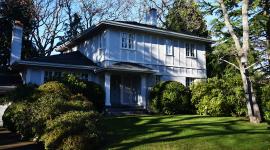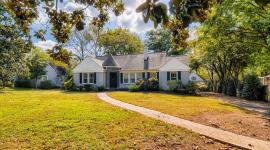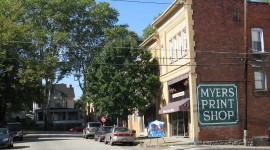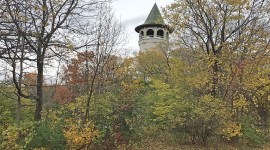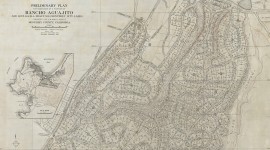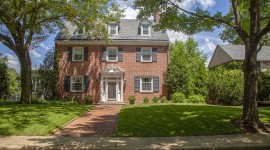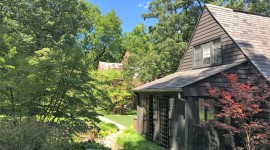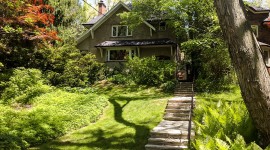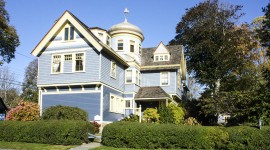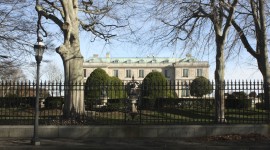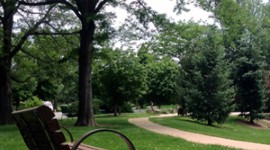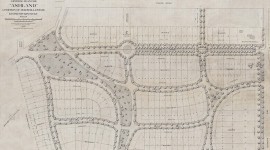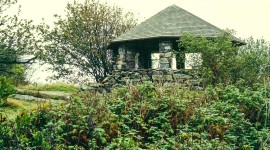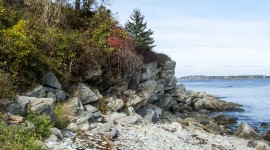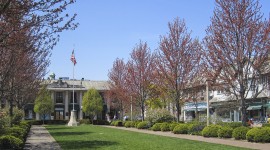Picturesque Suburb
Residential communities designed according to naturalistic principles conceived as a therapeutic respite from the city, with curvilinear streets and irregularly shaped lots laid out in reference to the natural topography. Derived from the English gardening tradition and writings of English practitioners Humphry Repton and John Claudius Loudon, the design of such suburbs flourished in the United States in the late nineteenth century through the influence of Andrew Jackson Downing, Frederick Law Olmsted, Sr., Calvert Vaux, H.W.S. Cleveland, and Jacob Weidenmann.
Plans often provided for the retention of original trees and a natural system of drainage through low-lying areas or stream valleys reserved as wild areas or parks. Setback requirements, recessed carriage roads, gatehouses, scenic drives, railroad stations, and village centers were also common characteristics of the earliest of these planned suburbs.



